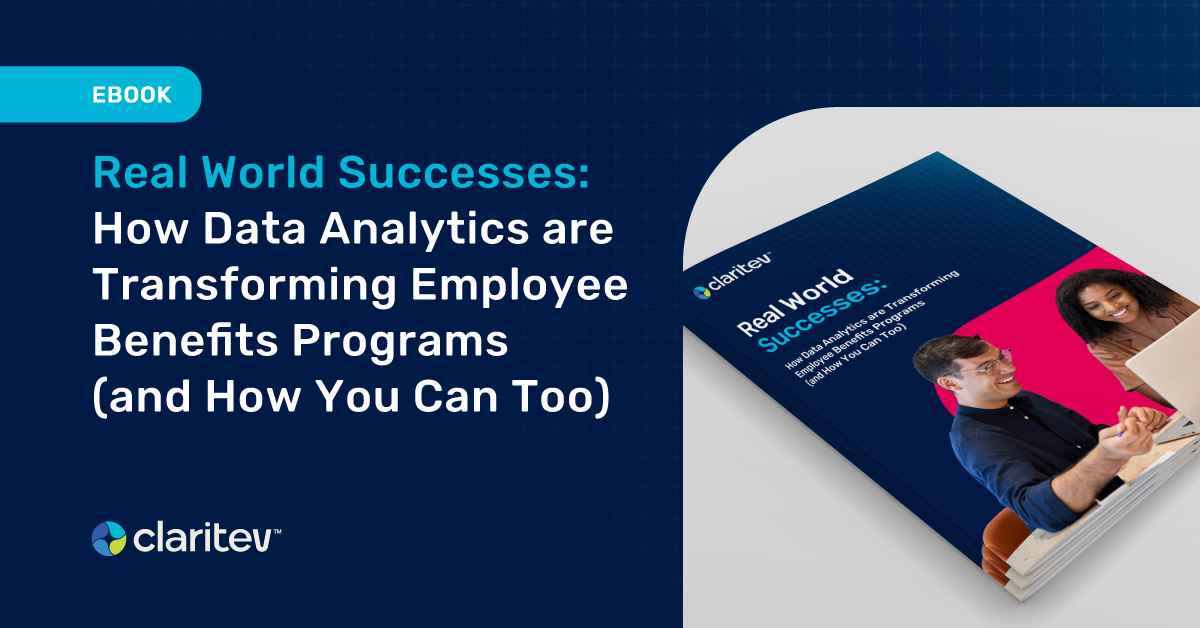For self-insured employers, having data is only half the battle. The real value comes from turning those insights into action that optimizes your benefits program. As benefits costs continue to rise, with healthcare trends projected at 8% growth in 2025, optimization has never been more critical.
Moving from Insights to Impact
The optimization challenge is clear: how do you translate the wealth of data from your assessment phase into meaningful changes that improve outcomes and control costs? For most benefits teams, the answer lies in targeted interventions based on data-driven insights.
According to recent research, employers using data analytics for benefit design save an average of 7.2% on healthcare costs. But reaching this level of optimization requires a strategic approach.
The Optimization Framework
Effective optimization is built on three core capabilities:
- Targeted Intervention Identification: Using data to pinpoint exactly where and how to intervene for maximum impact.
- Program ROI Evaluation: Measuring the effectiveness of existing programs and solutions to determine what’s working and what isn’t.
- Predictive Modeling: Looking ahead to identify emerging risks and opportunities before they become costly issues.
Real-World Success: Optimization in Action
Consider the experience of one large employer who used their analytics platform to identify three key opportunities:
High ER Spend
Claims trend analytics highlighted increasing ER visit rates, particularly for non-emergent care. The solution? A targeted education campaign on care options sent through home mailers and incorporated into their virtual benefits fair. The result? An immediate 11% decrease in non-emergent ER use year-over-year.
Musculoskeletal (MSK) Condition Costs
Through predictive risk modeling, they identified the 5% of members most likely to need musculoskeletal (MSK) surgeries and implemented early intervention programs. The outcome? Direct year-over-year savings of $100K for musculoskeletal (MSK) conditions, plus improved quality of life and productivity.
Cancer Screening Compliance
Their analytics dashboard uncovered opportunities to increase preventive cancer screenings. By launching targeted email campaigns during national cancer awareness days, they achieved significant compliance increases: +6% for colorectal, +2% for breast, and +2% for cervical cancer screening. For a large employer, each percentage gain represented hundreds of people receiving potentially life-saving screenings.
Strategic Point Solution Investment
Beyond these tactical wins, data-driven optimization allows for strategic investments in targeted solutions:
- When analytics revealed hypertension affecting 25% of one company’s population, they implemented a dedicated monitoring and care program that’s already showing early positive results.
- After discovering 47% of participants experienced multiple complications during pregnancy and delivery, coupled with increasing NICU stays, they expanded coverage with more comprehensive reproductive healthcare options.
Optimization Best Practices for Your Benefits Program
If you’re ready to optimize your benefits program through data-driven insights, consider these approaches:
- Start with high-impact, low-effort interventions: Look for “quick wins” like the ER education campaign that can deliver immediate results.
- Use predictive modeling to get ahead of costs: Don’t just analyze what happened, use predictive tools to identify who’s at risk and intervene early.
- Measure everything: Set clear metrics for every intervention and track progress consistently.
- Meet members where they are: Consider the unique needs of your population when designing interventions, including work schedules, locations, and potential barriers to care.
- Rethink traditional approaches: Be willing to challenge conventional wisdom when the data suggests better alternatives.
The optimization stage is where the real value of your benefits program data analytics investment becomes clear. By transforming insights into action, you can drive meaningful improvements in both health outcomes and costs. In our next article, we’ll explore how to sustain these gains over time through ongoing monitoring and adjustment.
Ready to optimize your benefits program with data-driven insights? The opportunity for impact has never been greater.



